Healthcare & Medical News
Aussie TikToker realizes US healthcare costs are just the start
1
A shocking wake-up call for visitors
An Australian TikToker venturing through the United States recently encountered a harsh reality about American healthcare. After breaking his wrist, he initially felt relieved to discover his medical costs totaled only $600. In Australia, such treatment could be a fraction of the cost, or even free under their public health system. However, his sense of relief was short-lived, overshadowed by warnings from Americans in the comment section of his viral video. They cautioned about the possibility of further bills pouring in after his initial experience.
The aftermath of a healthcare experience
In the TikToker's original video, he recounted spending $250 for an urgent care visit and $350 to see a hand specialist. His initial shock that $600 was manageable quickly transformed to concern as numerous comments hinted that this was only the beginning. One American user wrote, "I am so sorry for the shock you are going to receive in the mail." With such responses, the reality of the American healthcare system set in, hinting at much larger bills on the horizon.
Understanding the perplexing costs in America
Healthcare costs in the U.S. can baffle even those accustomed to high medical expenses. Despite the TikToker’s unexpected relief, many American viewers were quick to empathize and share their experiences. He expressed disbelief at the idea of facing potential bills in the tens of thousands. The stark difference between American healthcare and that of countries with universal coverage cannot be overstated. Many nations, including Australia, negotiate prices for medication and treatment, keeping costs lower for their citizens.
A peek into the challenges facing U.S. healthcare
Why is American healthcare so expensive? The reasons run deep, involving various factors like an aging population, rising technology costs, and systemic issues. Healthcare services in the U.S. are often viewed as voluntary rather than basic amenities. This reality forces many individuals to navigate a confusing patchwork of public and private insurance, leaving them exposed to exorbitant bills.
Emotional reactions from the audience
Viewers on TikTok reacted with a blend of sympathy and disbelief. The comments underscored the emotional toll such unexpected expenses can impose. One user poignantly noted, "So you're telling me, that in America, you can get hit by a car, go to the hospital, have insurance, but still face a $50,000 bill?" This sentiment resonates broadly; countless individuals deal with similar frustrations while navigating a complicated healthcare landscape.
A conversation about healthcare reform
This TikToker's experience isn't just an isolated incident but a broader discussion about healthcare reform. In a country where quality healthcare is seen as a privilege rather than a right, will the public ever truly push for necessary changes? Some comments humorously suggested that Americans need to riot over healthcare costs, capturing a sense of collective frustration and helplessness towards a problematic system.
Practical insights you should consider
For those traveling abroad, understanding the local healthcare system is crucial. Researching foreign policies can prevent surprises, like unexpected bills. Moreover, considering travel insurance can lessen financial burdens by covering potential medical expenses. Before visiting countries with different healthcare norms, knowledge and preparation can safeguard against unforeseen challenges.
Confronting misconceptions
Many believe that healthcare expenses in the U.S. are manageable. However, as this TikToker discovered, assumptions can be misleading. The stark contrast in experiences from different countries highlights a pressing need for reform. Misconceptions born from isolated experiences often overlook the complexities of healthcare, revealing just how much more there is to learn.
This viral incident serves as a cautionary tale and can open dialog about the essential changes needed in healthcare systems across the globe. The TikToker's experience might just be a catalyst for further inquiry and introspection regarding health policies in America and internationally.

 Add Row
Add Row
 Add
Add

 Add Row
Add Row
 Add Element
Add Element
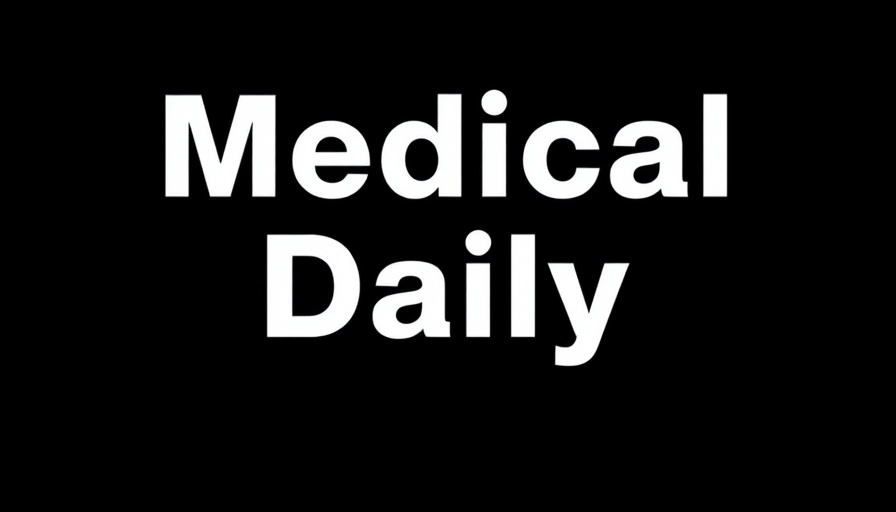

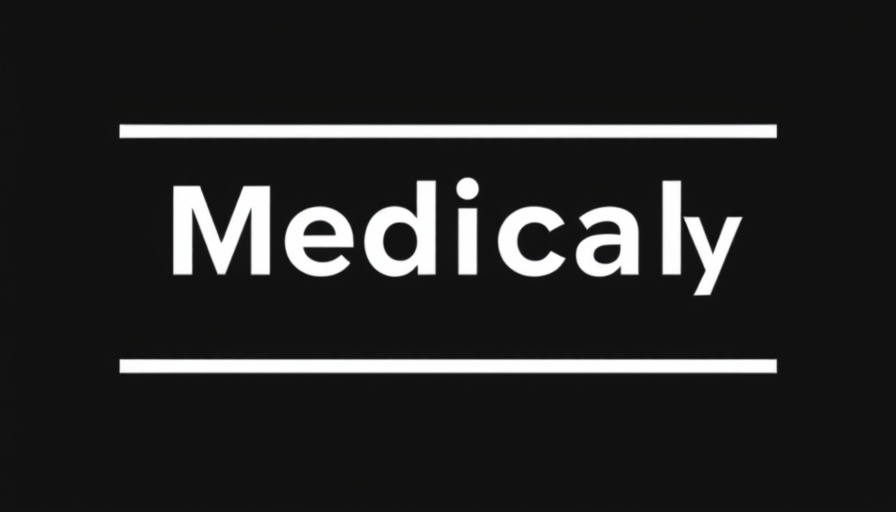
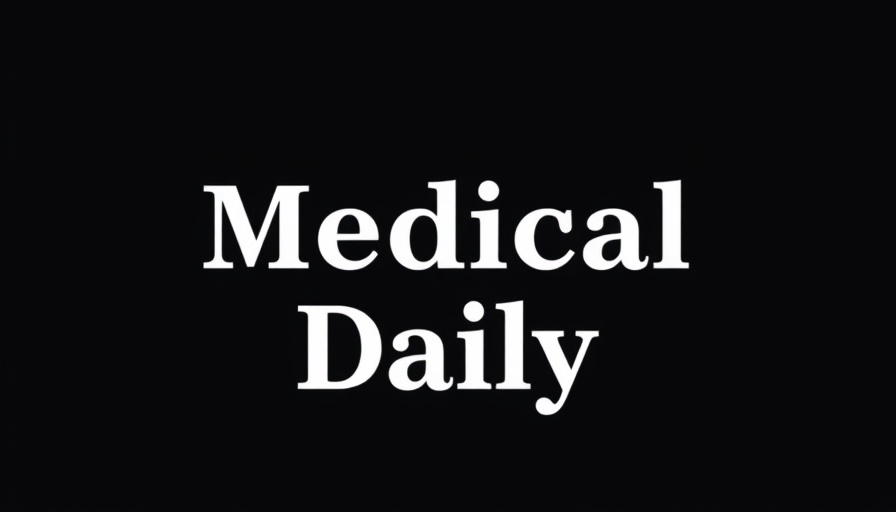


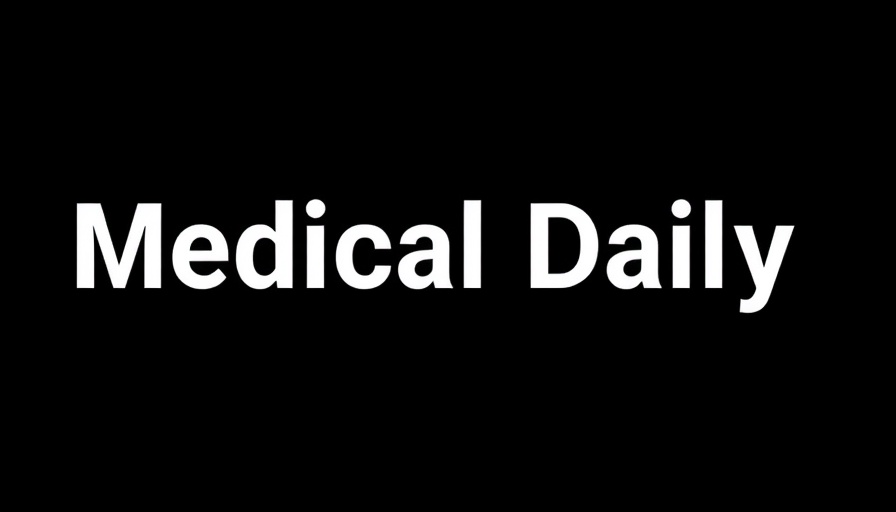
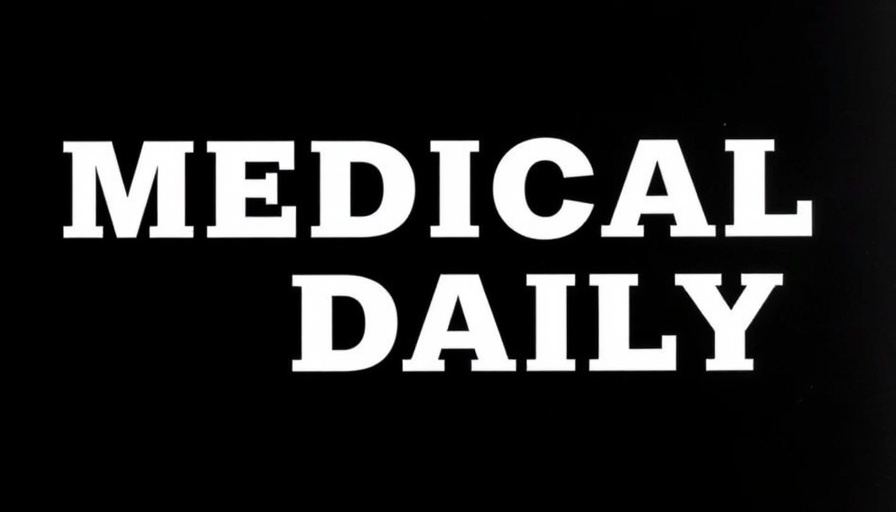
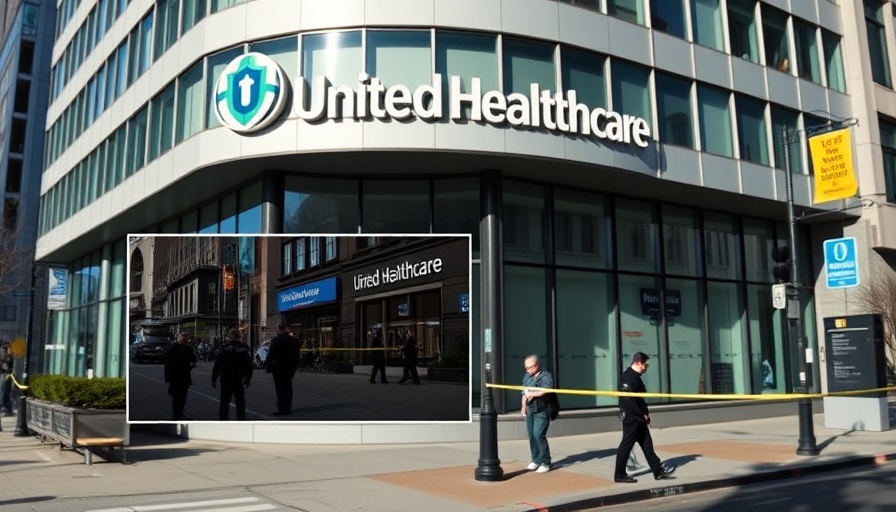
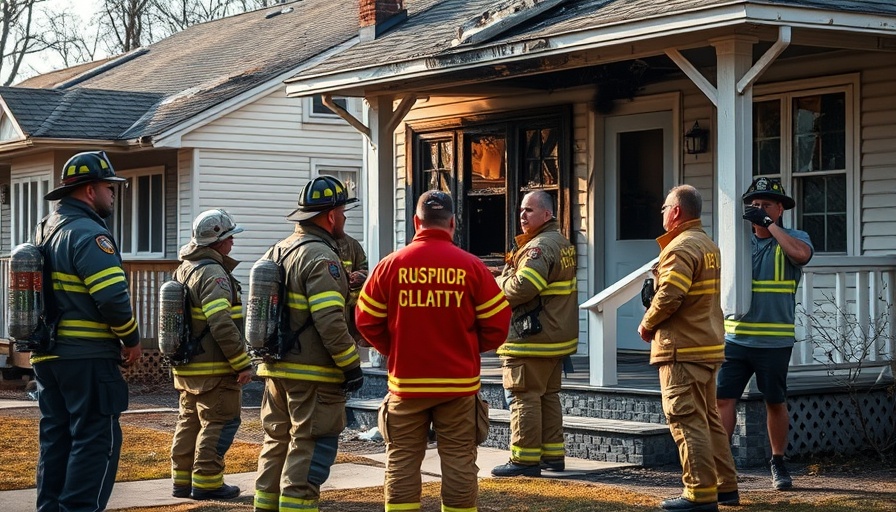




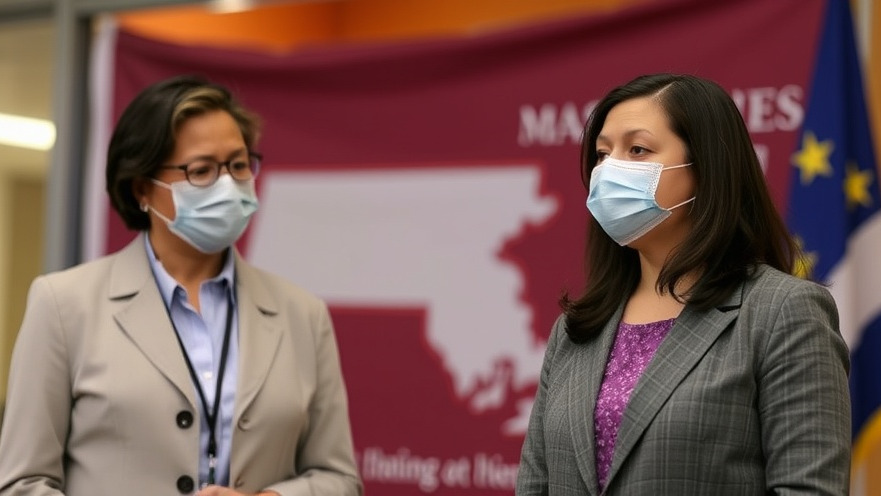




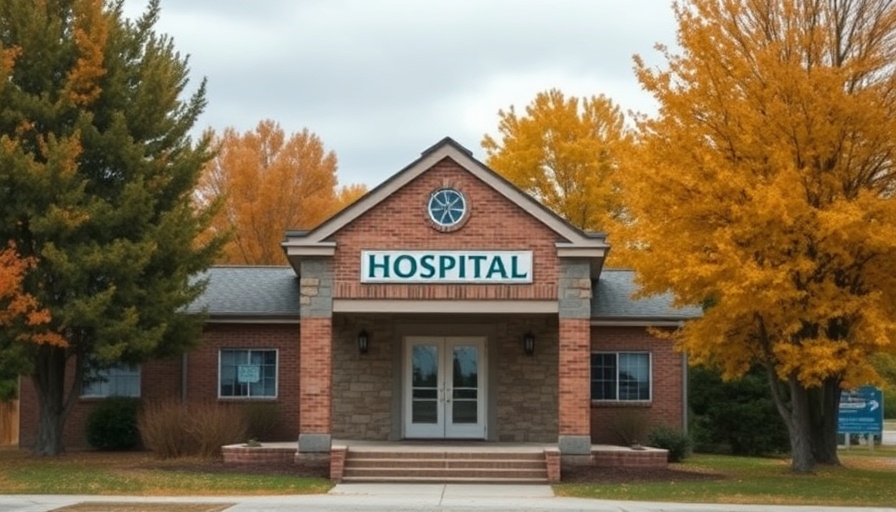
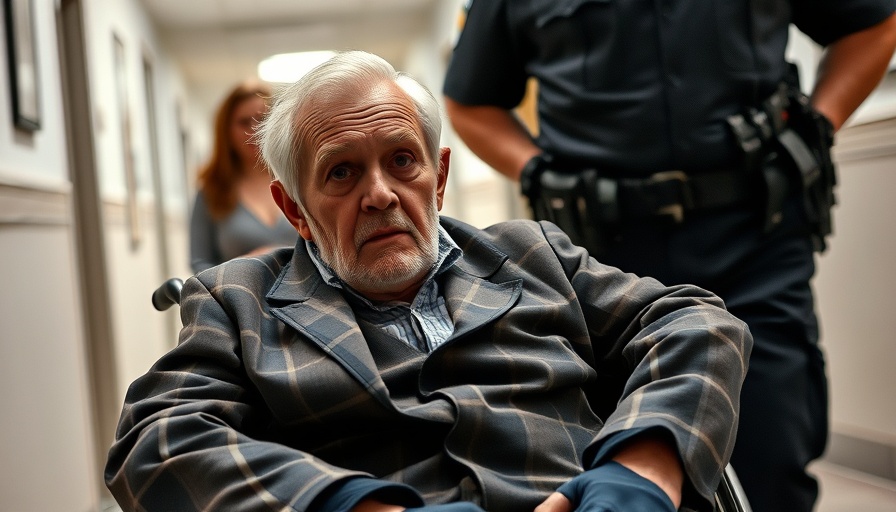
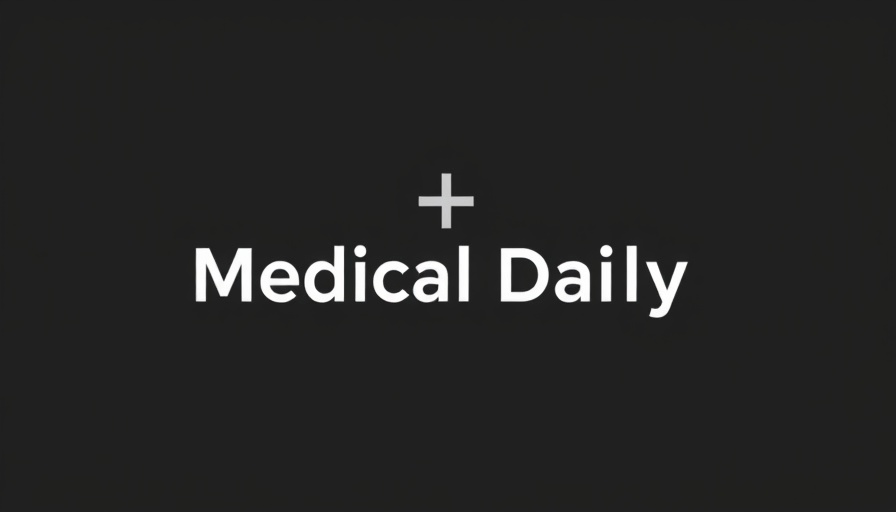



 Add Row
Add Row
 Add
Add

